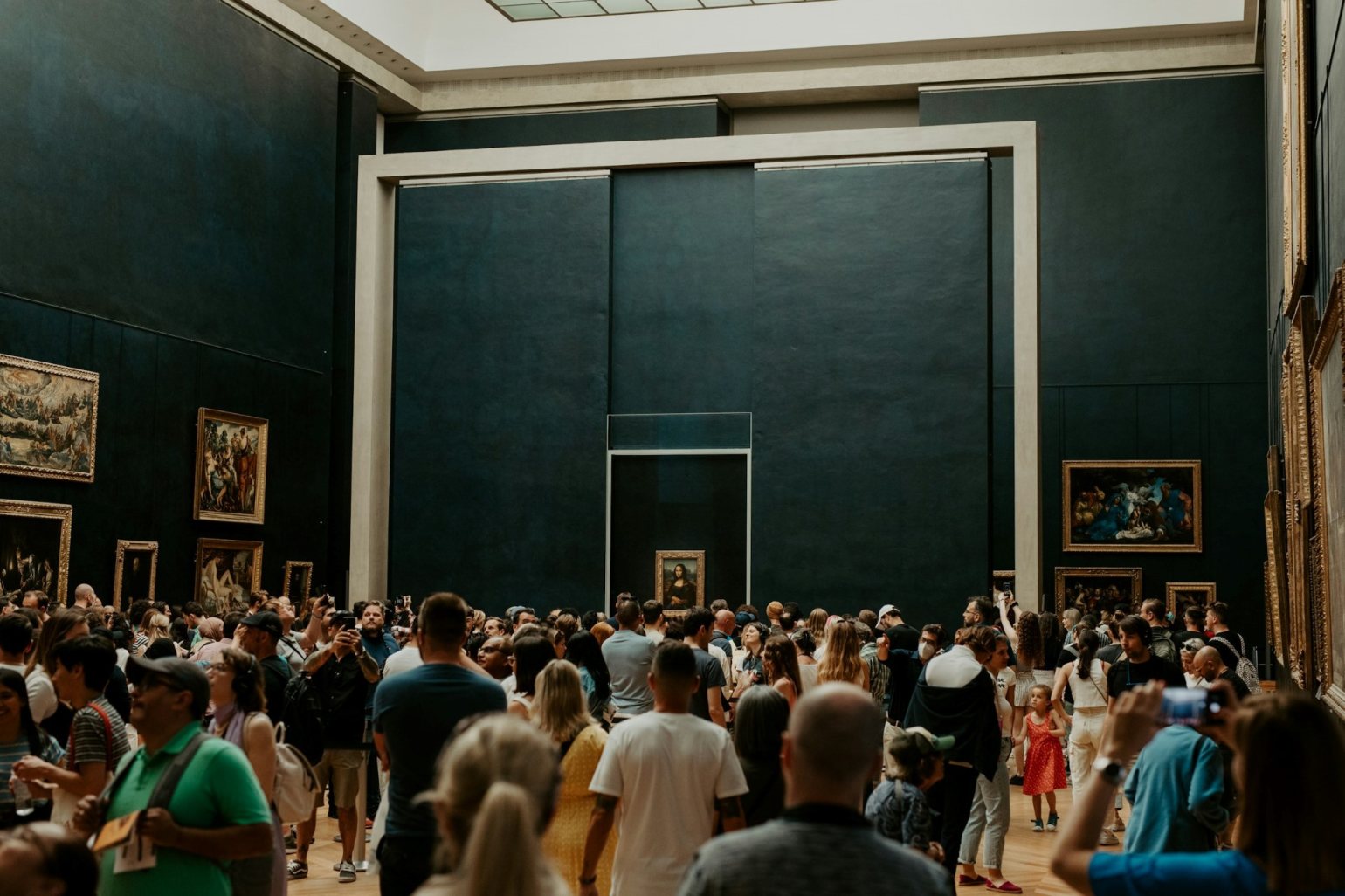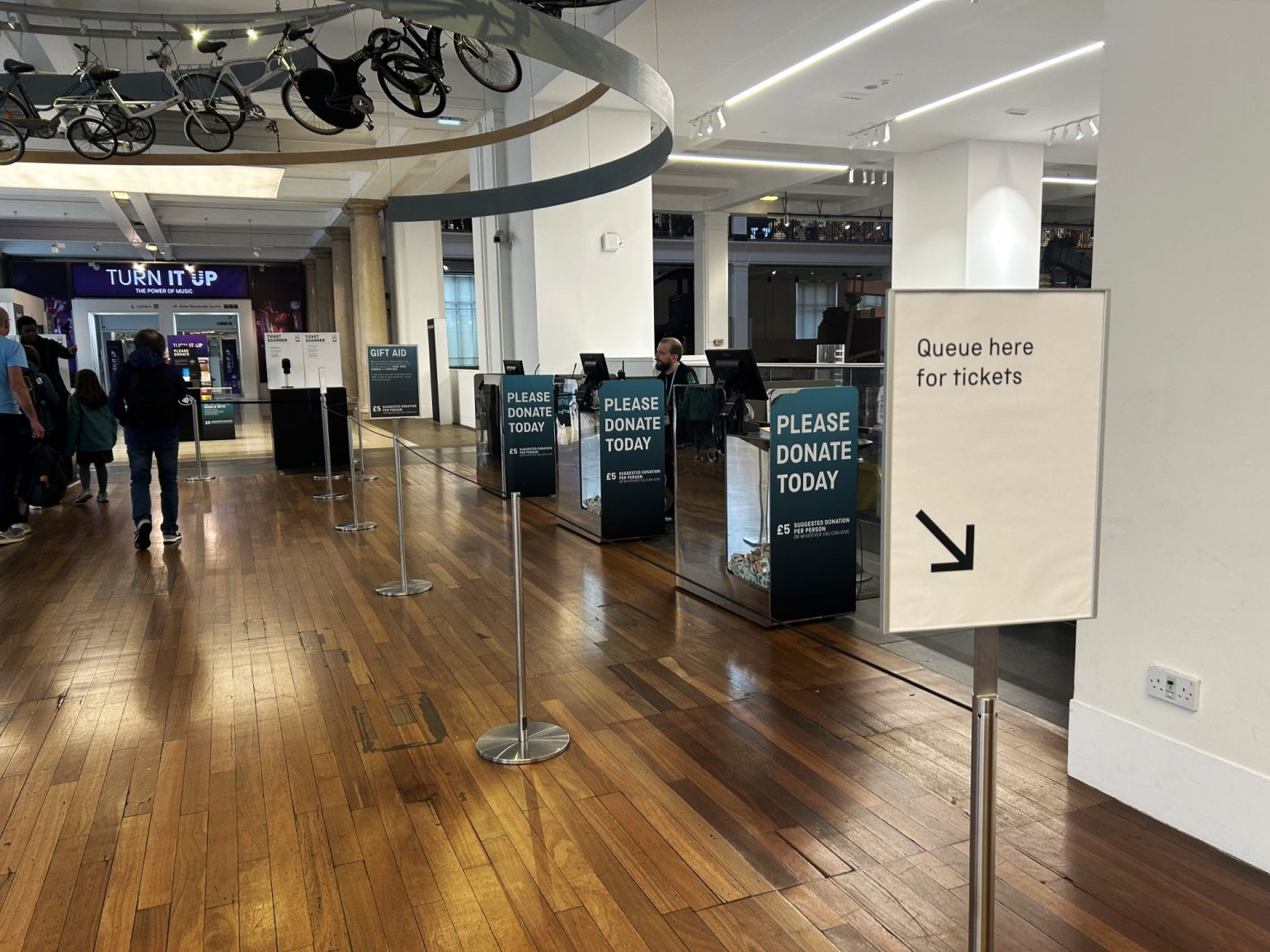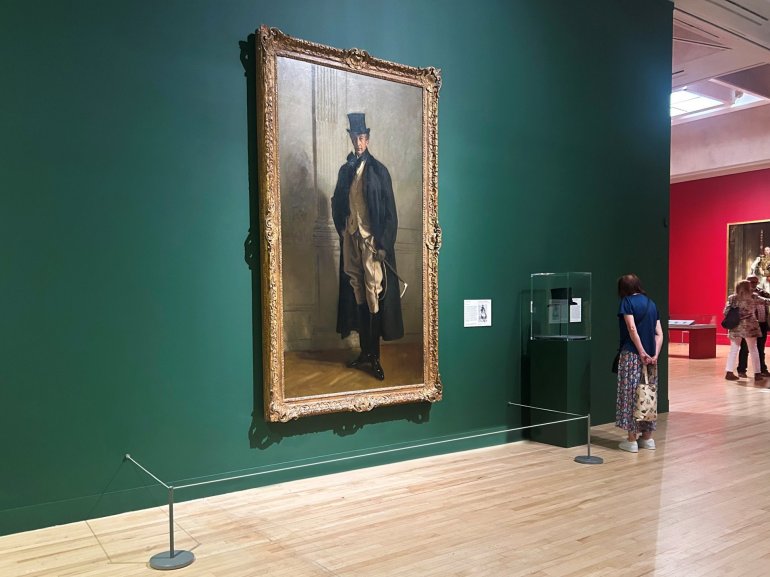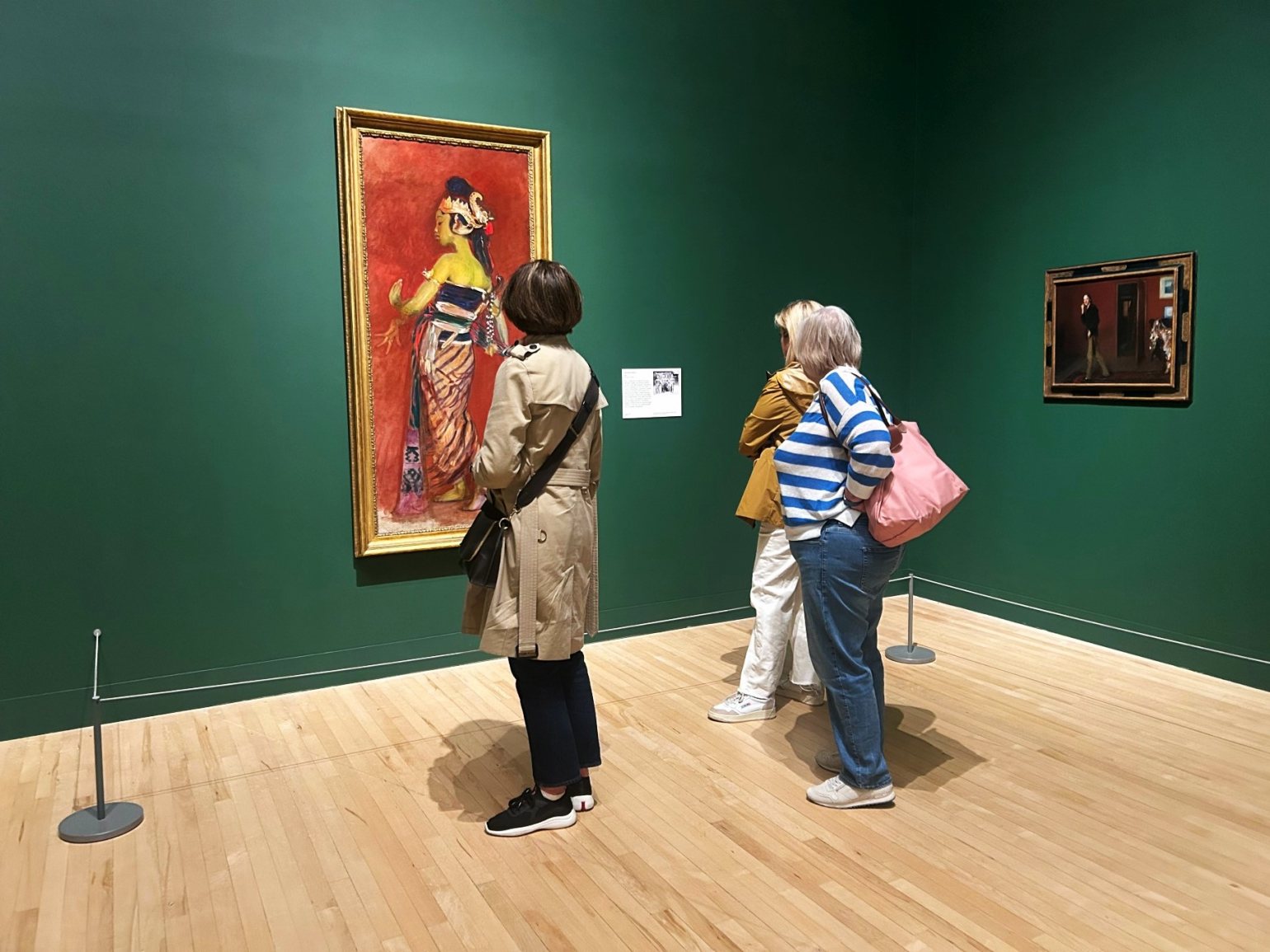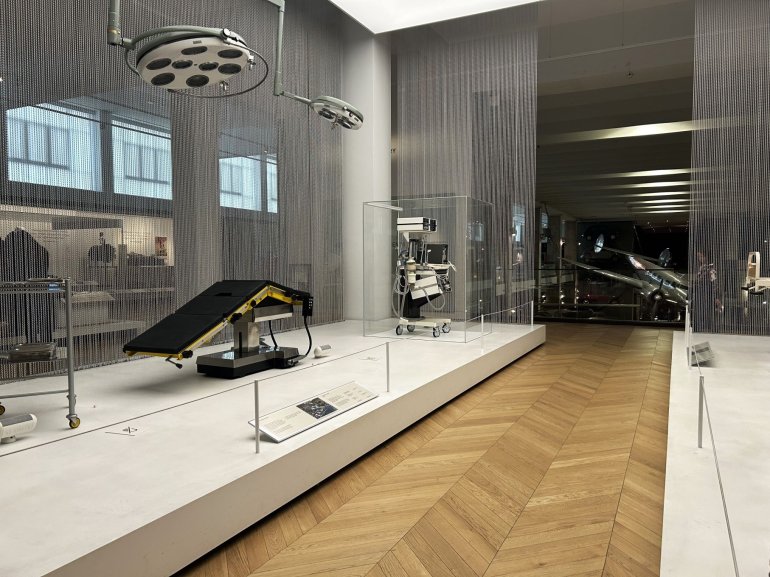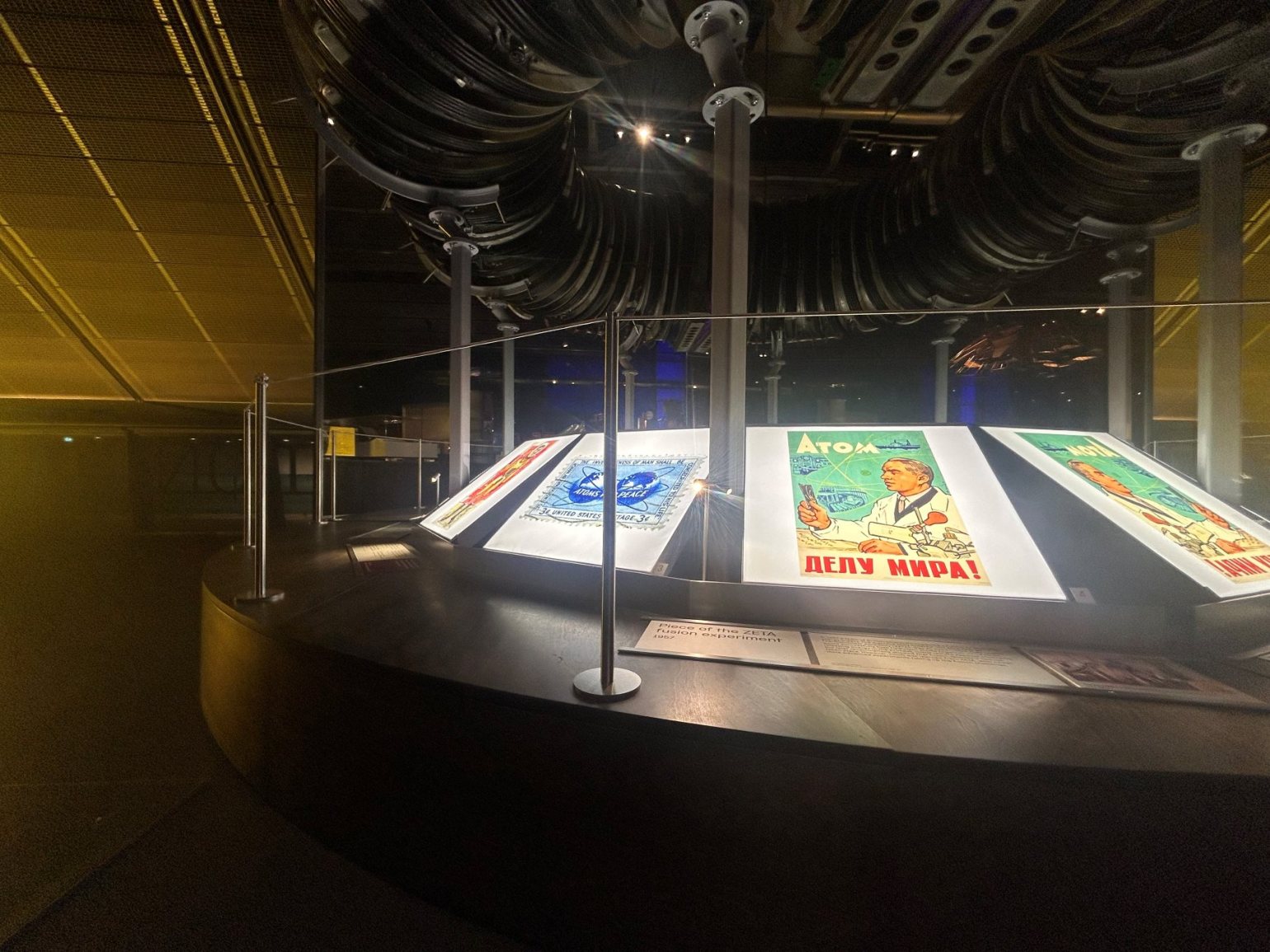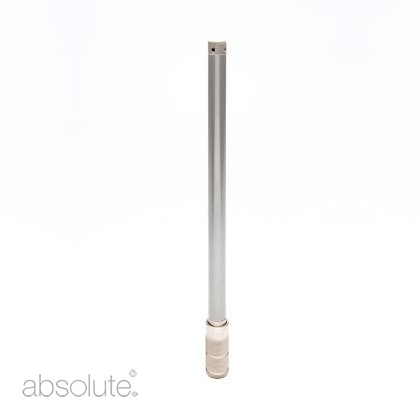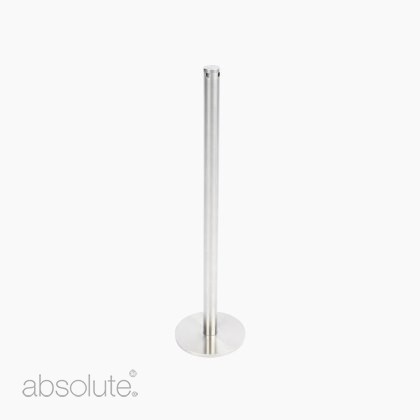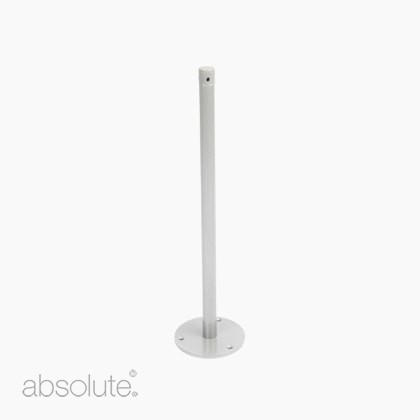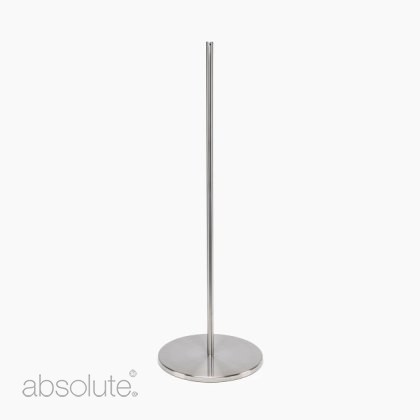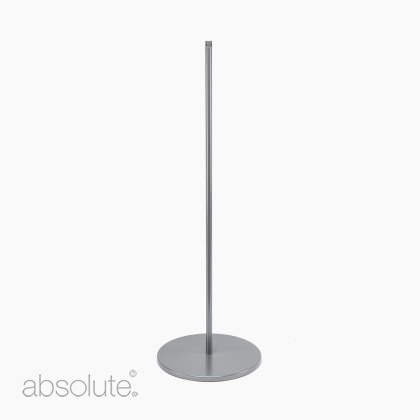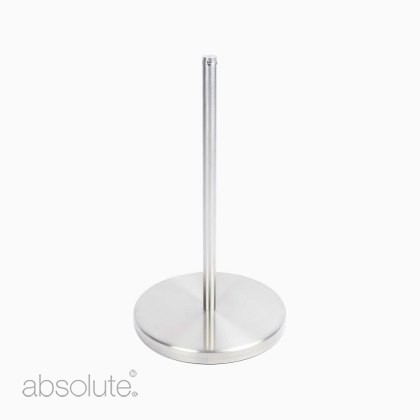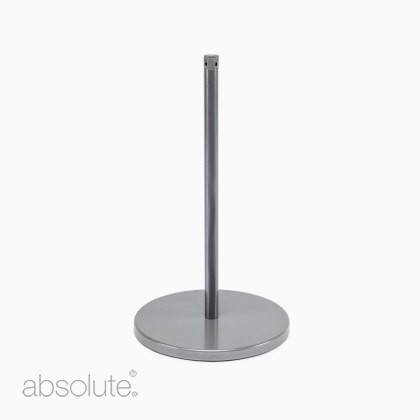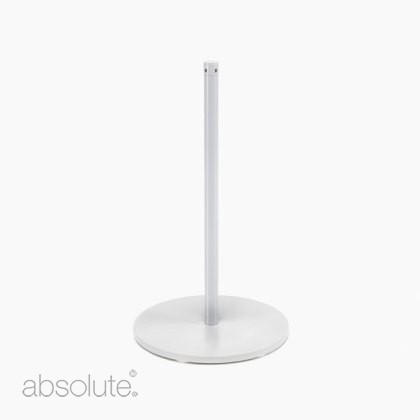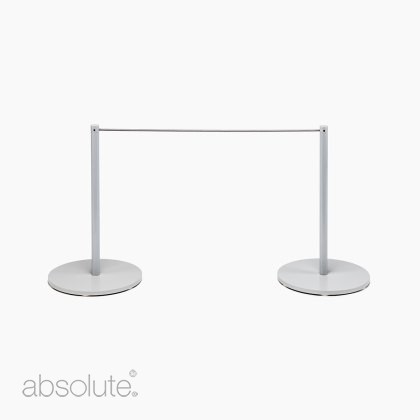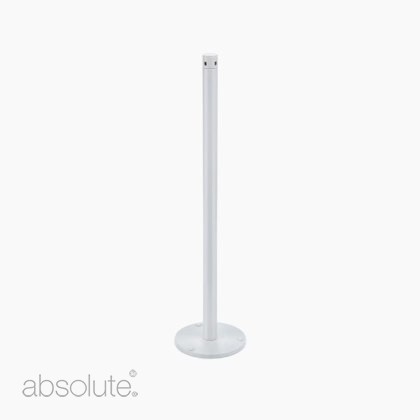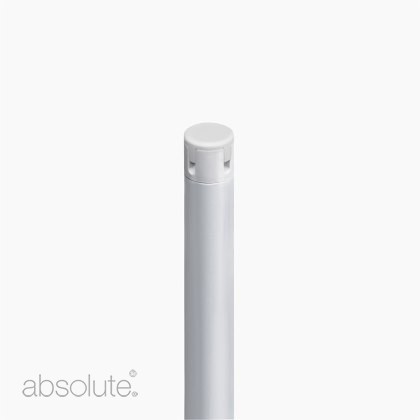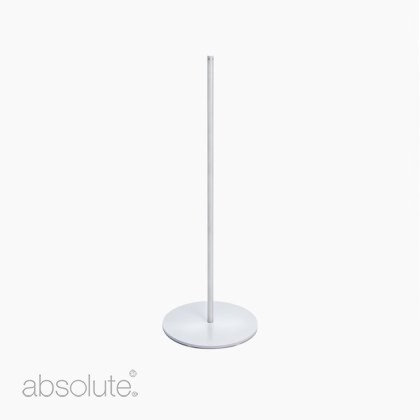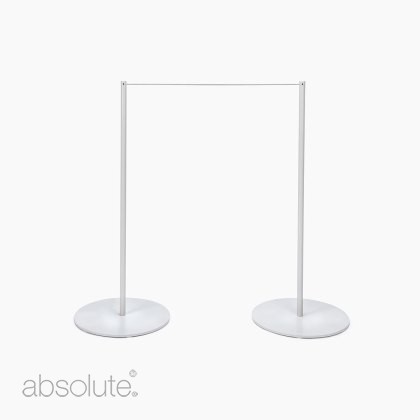A Guide to Museum Barriers: Protecting Exhibits & Visitor Experience
![]()
"Every gallery or museum around the world can tell you one terrible moment where through accident, and not through intention, someone got too close, someone tripped, someone fell, and someone bumped into things."
Susan Klein - Director of Marketing, Fine Arts Museums of San Francisco
In the summer of 2016, a multi-million dollar Andy Warhol silkscreen of Elvis Presley, while on display at the Museum of Modern Art in San Francisco, was accidentally damaged when a visitor tripped and fell, elbow-first into the canvas exhibit.
Warhol's 1963 Triple Elvis, which depicted the legendary rock and roll singer as a gun-shooting cowboy from the Hollywood western Flaming Star, had only recently been installed at the museum as part of the world-renowned Fisher Collection. After the incident, the highly valuable linen canvas was removed from the gallery and taken to the museum’s conservation studio for evaluation, which, fortunately, revealed the damage to be only minor. A relatively positive outcome for what could’ve been a catastrophic and expensive episode.
While accidental damage is perhaps one of the easier pitfalls to reason with in an art gallery or museum, often the result of a visitor’s curiosity or desire to get closer to the exhibit, it’s important for stakeholders to consider the techniques available to safeguard against these types of incidents, while also being careful to not negatively impact the museum-going experience.
Whether it’s through signage, gallery attendants, or the use of physical museum barriers or display cases, there should always be strategies put in place, lest a valuable asset becomes irrevocably damaged.
Accidental or otherwise.
Background — protecting artworks and exhibits
In the hands of art galleries and museums, those which employ careful and considered protection techniques, valuable artworks and exhibits can be preserved through generations.Often, however, as museums try to maintain a sense of accessibility, many valuable exhibits are installed without display cases; instead, visitors are distanced by subtle protective barriers to keep a safe buffer zone between them and the exhibit, without hindering the viewing experience.
Alongside the use of mounted or freestanding barriers, as part of their protection strategy, museums are also encouraged to employ a series of mandatory guidelines to limit the chances of any damage occurring. From leaving cumbersome bags and belongings at the front desk and banning food to strict policies on touching exhibits — to prevent the natural oils and acids in the human skin from damaging priceless artwork. A combination of policy and versatile museum barriers is the surest method of creating an engaging, accessible exhibition that keeps your assets safe.
It is the rather weighty responsibility of museum and gallery professionals to assess and implement the appropriate layers of protection for each artwork or artifact they are custodians of. In the effort to create a respected visual boundary and physical distance between visitor and the works on display, barriers communicate in a universally understood language and so are one of the layers most often chosen.
![]()
The Importance of Crowd Control
Crowd control is a familiar concept in the world of museums and art galleries, having long recognised the importance of managing the flow of visitors to create an environment that encourages exploration while protecting the delicate and often irreplaceable objects on display. Indeed, when a facility fails to properly manage visitor flow, it almost always leads to a disappointing visitor experience.As well as protecting exhibits, crowd control measures are also essential for ensuring the safety of visitors. Museums can draw large numbers of people, particularly during peak seasons and popular exhibits, and without proper crowd management, the influx of visitors can lead to overcrowding and, with it, an increase in the likelihood of injury or medical emergency. Effective crowd control allows museums to minimise those risks, maintain order, and provide a safe and enjoyable experience for their visitors.
What’s more, a well-managed crowd is also much more likely to contribute to a more immersive and engaging atmosphere, one which gives visitors the time and space to fully appreciate and connect with the exhibits. Museum directional barriers will guide visitors along designated pathways and mark out comfortable viewing distances, resulting, crucially, in a more pleasurable and meaningful experience.
For crowd control and visitor flow management, we find a taller barrier, around 900-1000mm in height is most effective. For such uses we find our Freestanding Barrier 1000mm, or our Q Barrier Collection to be most popular.
Shown Below - Absolute Q Barrier at the Science Museum, London, used for visitor management.
![]()
Protecting Artworks on the Wall
Whilst the implementation of museum barriers for crowd control purposes is the initial way visitor flow can be managed within a museum or gallery environment to provide the best visitor experience, the next layer of barrier usage is applied to protecting the artworks and exhibits that the visitors have come to see.This is where the delicate balance between exhibit protection and visitor experience really comes into play.
In most circumstances a low height barrier will adequately serve the purpose of creating a visual boundary, whilst not interrupting the visitors view of the artwork or exhibit, and so in most cases low height barriers such as our 400mm freestanding, or 385mm surface mounted barriers are chosen.Regardless of whether a fixed or freestanding barrier is chosen, when protecting artworks on the wall, there are then two methods of use we see most commonly:
- ‘Spot protecting’ specific artworks
- Complete protection of all artworks
Option 1 involves placing independent barrier systems around specific artworks. Using barriers in this stop-start way can create more of a visual interruption than a constant line of barriers, however in some cases this interruption can serve a valid purpose, in that it re-reminds the visitor that this specific artwork demands them to take care around it, yet ultimately still does so in the most unobtrusive way possible.
Option 2 is the use of a consistent run of barriers lining the entire wall, most often finished with wall terminators at either end to seal the protective envelope around the wall of artworks, thus drawing a clear and constant boundary line between the artworks on the walls and the visitor. This option is usually more subtle as it blends more neatly into the architecture of the building.
Shown below - An example showing a a single artwork protective barrier system (left), vs the barriers continuing around the wall protecting multiple artworks (right). Both using Freestanding Barrier 400mm in Grey, at Tate Britain, London.
![]()
![]()
Protection exhibits on plinths or middle of a gallery
When you have an artifact or exhibit in an open space away from a wall, it is now vulnerable from all sides.Visitors are naturally curious and encouraged to be so as part of getting the most out of a museum or gallery visit, but with this curiosity comes, at times, the need for politely robust boundaries in order to protect both the exhibit and the visitor.
In such instances, and where a display case is not required, our clients usually find the use of a low height museum barrier to be more than enough of a visual cue.
As an example, the team at the Science Museum had trouble with visitors climbing onto plinths to take photos, and so a fixed barrier was added to the edge of the plinths to deter this behaviour. It’s a subtle difference, and one that ultimately doesn’t impact the viewing experience, but it creates an effective boundary that otherwise wasn’t being assumed by visitors.
Shown below - Absolute barrier upright (custom use), in white, with white cord (left), and Absolute Surface Mounted Barrier in Stainless Steel, with grey cord (right). Both at the Science Museum, London.
![]()
![]()
Minimising Impact on Visitor Experience
No matter what the chosen barrier installation option in terms of layout or type, the key factor that has the greatest impact on visitor experience is how the barriers are installed and maintained.Droopy cord, knotted cord, inconsistent spacing or damaged barriers creates a messy finish to an otherwise meticulous exhibition space and draws the eye away from the very artworks they are there to quietly protect.
We've created a simple guide on barrier care and maintenance which demonstrates the simple yet hugely impactful tweaks you can make to your barriers to lift the space they sit withiin and improve the visitor experience as a result. View the guide here.
Make Sure Your Barriers Look their Best
This guide on barrier care and maintenance will ensure your barriers provide a neat, clean and visually quiet boundary for your exhibits.
How museum barriers help maintain order and protect exhibits
In short, museum barriers and museum stanchions are physical boundaries within the exhibition areas; a visual clue that signals to a visitor where they are allowed to go and where access is restricted. By creating clear demarcations and pathways, barriers help maintain order and prevent visitors from encroaching on areas that may pose a risk to both themselves and the valuable exhibits.And, while the story of Andy Warhol’s Elvis print is a relatively uncommon event, there are plenty of examples of the public’s clumsiness or lack of awareness causing damage to great artwork. Incidents which might well have been prevented with the use of museum barriers and crowd control.
Whether it’s James Borden’s wooden clock at the National Watch and Clock Museum in Pennsylvania, which was knocked off the wall after a visitor tried to set the delicate mechanism in action — or the twelve-year-old pupil who slipped and accidentally punched the 17th-century painting Flowers on display at Huashan 1914 Creative Arts Centre in Taiwan, an artwork estimated to be worth $1.5 million — the strategic placement of museum barriers around exhibits is a cost-effective way of protecting your highly valuable assets.
If you’d like to find out more about our diverse range of protective and directional barriers, the barrier systems of choice for museums and galleries across the world, then please do get in touch.
Popular Barrier Solutions
Floor Socket Barrier (Stone)from $138.18 (ex VAT)Surface Mounted Barrierfrom $120.54 (ex VAT)Freestanding Barrier (1000mm)from $291.06 (ex VAT)Freestanding Barrier (400mm)from $167.58 (ex VAT)Essentials Freestanding Barrier (400mm)$130.83 (ex VAT)Essentials Surface Mounted Barrier (400mm)$94.08 (ex VAT)Essentials Freestanding Barrier (900mm)$202.86 (ex VAT)-
Posted by Jade Turner
10th June 2024

.jpg)
